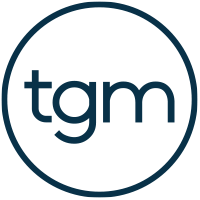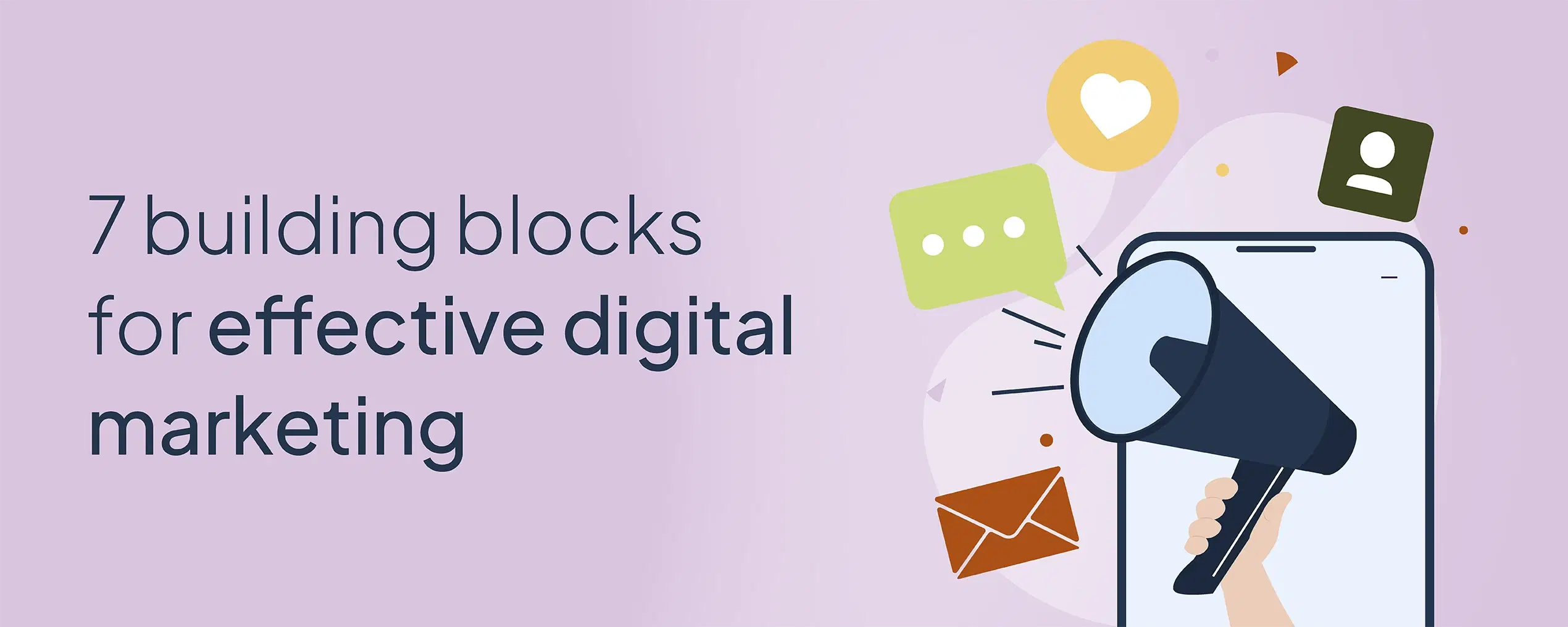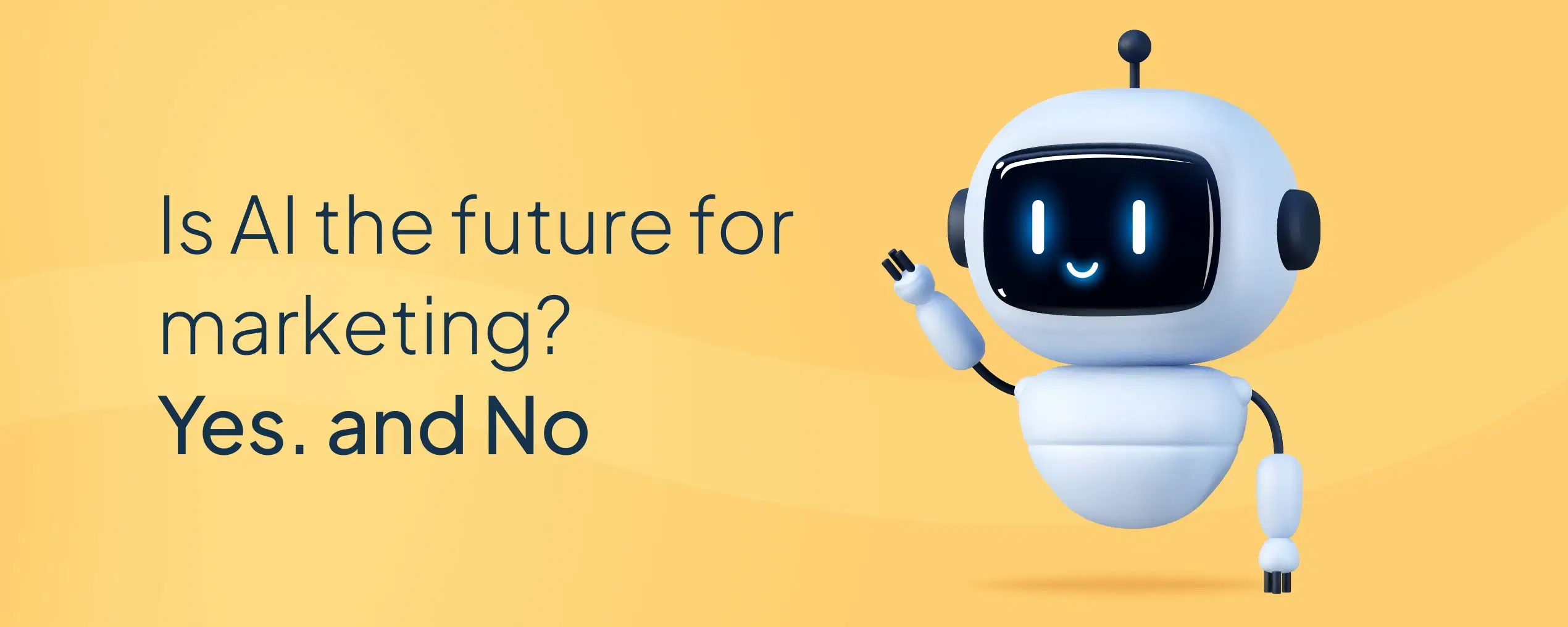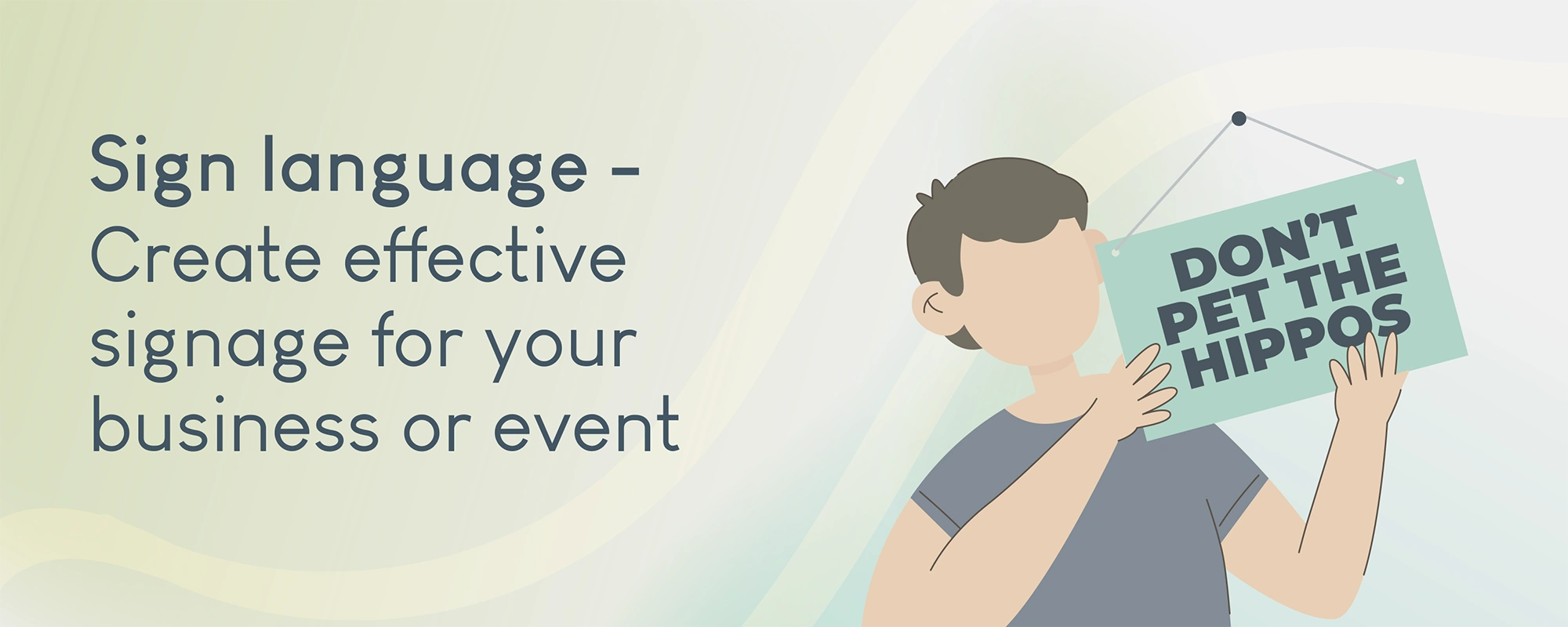You know the old adage about meeting people where they are? Increasingly, that’s in a digital space. Our lives have been transformed by the digital revolution. What began with room-sized computers and clunky dial-up connections has become a world where digital tools influence almost everything we do — from how we consume media, shop and socialise to how we study, work, and run businesses.
The term digital marketing first appeared more than 30 years ago in the 1990s, when businesses began using websites, email, and online ads to reach customers. Fast-forward to 2025, and digital marketing is the dominant form of marketing. While traditional approaches still have an important place, digital has surged for good reason: it’s cost-effective, targeted, measurable, flexible, scalable, and engaging. You can reach more people for less, connect directly with the right audience, adjust campaigns on the fly, and build ongoing relationships through content, email, and social media.
But while most people think first of a website, digital marketing is much broader. It’s a toolkit that helps your business get found, stand out, and grow. Here’s what that toolkit includes:
- Websites: The Foundation
Your website is your online shopfront. It should look good, be easy to navigate, and encourage action — whether that’s a booking, purchase, or phone call. A well-built website works around the clock, building trust and helping customers take the next step.
But a website alone is like a shop hidden down a back alley. Without signposts and promotion, people may never find it. That’s where the rest of digital marketing comes in.
- Search Engine Optimisation (SEO): Getting Found
SEO is about helping your website show up when people search online. You do this by making your site easy and attractive for search engines like Google via carefully considered keywords, content that covers off important questions and technical tweaks (like making sure your site loads quickly and looks amazing on any device). Done well, SEO brings the right kind of traffic — people actively looking for what you provide.
- Paid Advertising: Targeted Reach
If SEO is about organic visibility, paid advertising lets you (politely) jump to the front of the queue. Platforms like Google Ads, Facebook Ads, and LinkedIn Ads allow precise targeting by location, demographics, interests, or behaviour — giving you more bang for your buck by connecting with your target audience, ahead of your competition.
- Social Media Marketing: Building Relationships
While you can pay for advertising on social media sites, social media marketing is about building up a community that you can have a conversation with. Social media marketing helps people get to know you and trust you, often before they even think about buying. It builds awareness and keeps your brand top of mind, and shows your customers that you know what’s important to them.
- Email Marketing: Staying in Touch
Despite being one of the oldest tools, email marketing is still one of the most effective, for relatively low cost. It’s direct and personal, reaching customers who have already shown interest. Done right, it nurtures relationships, builds loyalty, and drives repeat business.
- Content Marketing: Adding Value
Blogs, guides, case studies, and videos are all part of content marketing. By providing useful information, you position yourself as an expert, answer customer questions, and build trust. Content also feeds into SEO and gives you material to share across email and social media.
- Analytics & Reporting: Measuring What Matters
One of digital marketing’s biggest advantages is measurability. Tools like Google Analytics show where visitors come from, what they do on your site, and whether they convert. This eliminates guesswork, allowing you to refine efforts and improve your marketing and your return on investment.
Pulling It All Together
Think of digital marketing as a talented team that produces its best results when working together. Your website is the shopfront. SEO and ads bring people in. Social media, content, and email keep them engaged. Analytics tracks performance so you can adjust and improve.
Each element is powerful on its own, but together they create a system that works to grow your business and your renevue. The key is finding the right balance for your goals — and that’s where TGM can help. We make digital marketing easy and effective, so you can focus less on the tools and more on the results. Get in touch with Andrea or our new digital marketing specialist Nathalie van Dort and and learn how a strategic approach to marketing and communications can boost your business.




